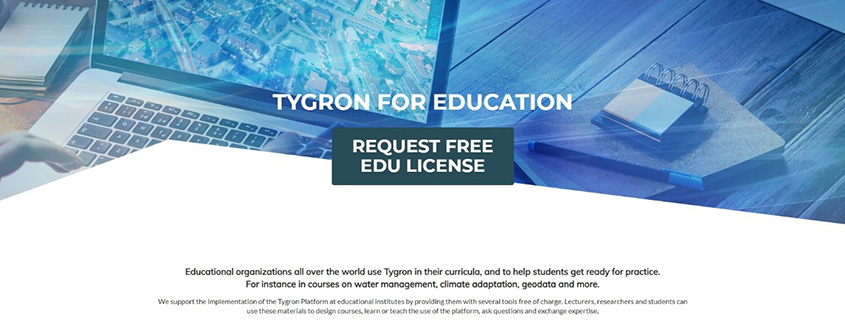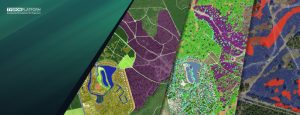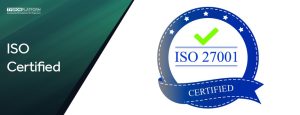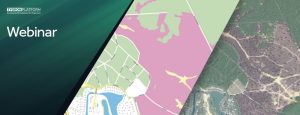The Tygron Geodesign Platform is widely used by local and international educational institutes as a tool to teach students about several issues concerning the built environment such as flood management, city planning, and climate adaptation. For years now, our team has been closely working with these institutes to exchange feedback and to facilitate the process of integrating the platform into curricula. During my internship at Tygron, I was assigned to work alongside the educational network to compile an educational manual where I had many discussions with lecturers and students who were using the Tygron Platform in their courses. I learned about their experience using it, why they have chosen it among other tools, what kind of projects they have worked on and what materials they have used.
I am Katia Zahwi, an architect and recent master’s graduate from the Institute for Housing and Urban Development Studies. Two years ago, I had the chance to play the Climate Game using the Tygron Platform during a short course on managing Climate Change in cities. When I joined the Tygron team, I had plenty to learn about the educational potential within the platform as well as in practice. Now that I have completed my internship and created the EDU manual, I can explain more about the significance of using the Tygron Geodesign Platform in education at different levels.
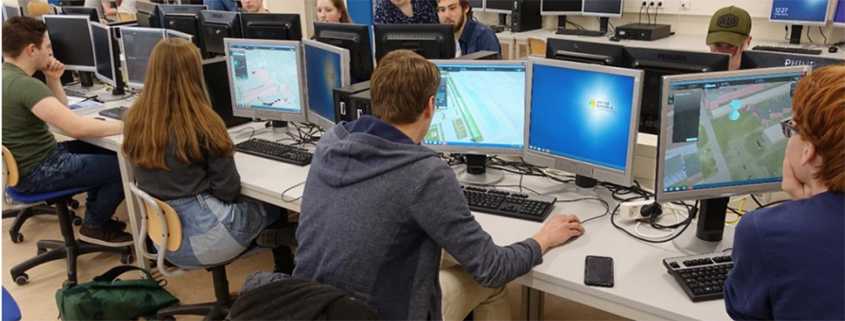
What is the added value of the Tygron Platform in education?
- Time-saving: The most important reason for using the platform is to save time. If you are familiar with modelling techniques, then you know how time-consuming it is to load several maps and data sets manually. However, the TP allows its users to easily select data and import maps through open sources.
- Easy to use:The platform is easy to use for both students and lecturers. With all the free online materials, such as the forum, the wiki, and the video tutorials, students can learn the use of the Tygron Platform in a few hours. Lecturers can use these materials and the EDU manual to design use-cases and to guide their students throughout the educational programme.
- Scientific:The platform allows students to create scenarios and to perform very complicated calculations in no time. All while having access to the calculation models and the principles behind them. The availability of these explanations is often handy during scientific research.
- Collaboration:The users of the Tygron Platform can work on the same project across different devices, which is nowadays a feature that is necessary for distant learning and group work. There is simply no need for students to send updated files to their teammates via email.
- Opportunities: Because it is widely used by consulting companies, municipalities, water authorities, and regional governments, learning the platform gives students the advantage of getting an internship or starting a career within one of the local and international companies who actively use the TP.
- It is FREE for educational use!
For what subjects can the Tygron Platform be used?

The platform is helpful in many topics related to urban development, energy transition, climate change, flooding, health, participation, and water management. Among the use-cases that are featured in the EDU manual, I would like to share five examples of objectives in which the platform can be used:
- Urban analysis – For instance, students can analyse an area or a neighbourhood while focusing on challenges like flooding, heat, biodiversity, etc. Based on the simulations, students can propose interventions to tackle these problems. They can even test how efficient their proposals are by testing them through the platform!
- GIS application – The platform’s integration with GIS makes it a perfect way to use GIS data. For example, students can import any GIS map, add additional data automatically or manually, then run simulations, perform calculations and analysis.
- Spatial planning – Urban planning students who want to propose holistic sustainability plans can import their proposals to the platform in 3D. They can compare the effect of different proposals using the indicators that they choose.
- Scientific research – Bachelor, master’s, and Ph.D. students can use the platform for almost any subject related to digital twins, simulations, calculations, or scenario testing. The availability of Tygron’s API to its users gives researchers endless possibilities of application.
- Decision-making – For instance, lecturers can prepare a virtual scenario and allow students to set up their stakeholder roles, indicators, and goals in a multi-user session. This is a perfect way to teach your students how the decision-making process works, especially when stakeholders have different visions.
How to start using the Tygron Platform in education?

Although it might seem too complicated to integrate the platform into an existing curriculum, it is quite simple. In fact, over the past years, many lecturers have managed to integrate the platform successfully in their courses. Below are the steps to follow to do that:
- Installing the Tygron Platform: The first thing to do would be to request an EDU license, free to use for all educational institutes. The license request procedure is easy and includes a free consultation with our team.
- Using the Platform: Once the license is in place, you can explore the platform with demo projects, watch tutorials on our learning platform, and ask questions on our forum. On top of that, we provide an EDU manual where you can explore the example use-cases where other lecturers share their presentations and their course design including schedules, handbooks, group set-ups, etc. Through this manual, you will find out that you can use the platform for courses that span over one week, one month, a semester or more. Thanks to all the online materials provided by the Tygron team and community, both lecturers and students find it easy to learn the use of the platform.
- Joining the community: Every year, we hold an EDU event where users from different educational institutes share how they have been using the Tygron Platform in education. We also hold other events with our non-educational users. As an example, here you can check out our recap of the 2021 EDU Event.
Now that you understand why the Tygron Platform is valuable and easy to integrate into education, I invite you to take a deeper look at our Tygron EDU manual to read how others have been using it. Sign up for our free EDU license now!
